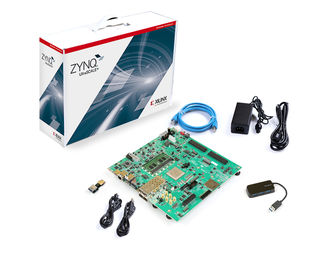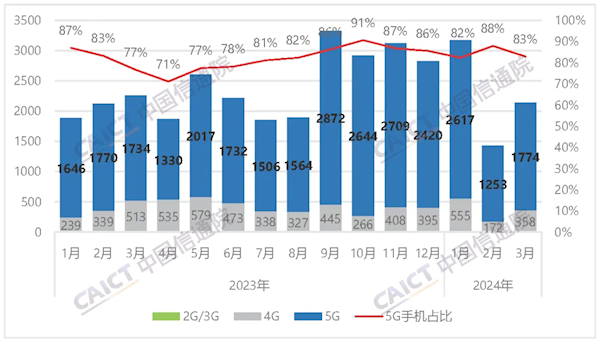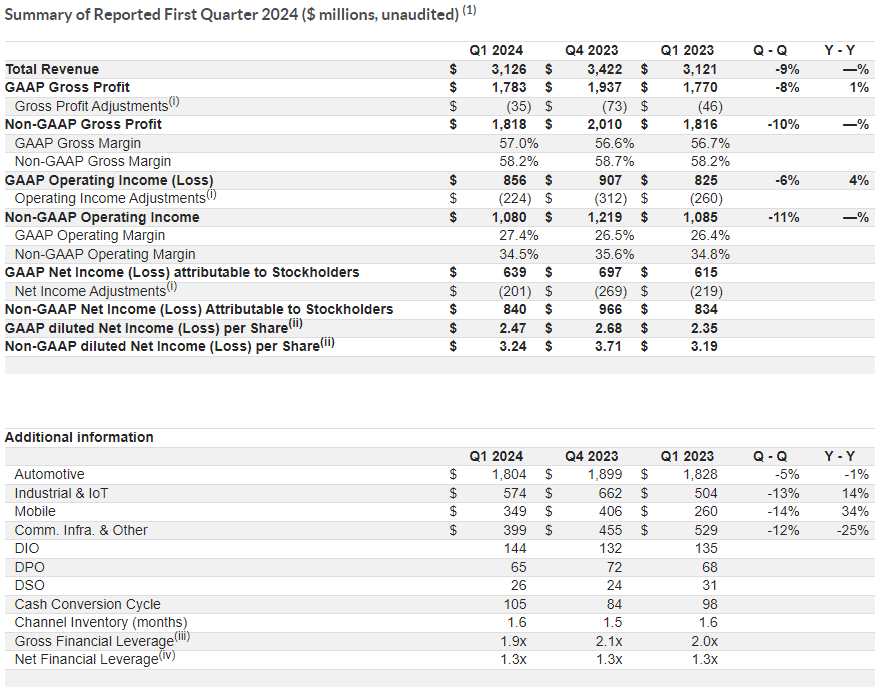NAND Flash Supply to Rise, Infineon Sues Over GaN Paten
- Kioxia/Western Digital take the lead in increasing production, and the NAND flash supply will increase throughout the year
According to the Science and Technology Innovation Board Daily, TrendForce Research shows that with the expectation that the price increase of NAND flash memory will continue into the second quarter, some suppliers are hoping to reduce losses and costs, and hope to return to profitability this year.
Since March this year, Kioxia/Western Digital has taken the lead in restoring capacity utilization to nearly 90%, while other companies have not significantly increased their production scale. To cope with the peak season demand in the second half of the year, and because Kioxia/Western Digital's inventory is already at a low level, this expansion of production mainly focuses on 112-layer and some 2D products. It is expected to achieve profits this year and further drive the supply of NAND flash memory industry in 2024. The annual bit growth rate reached 10.9%.
- Infineon uses Innosec for GaN technology patent infringement
Infineon announced on March 14 that it had filed a lawsuit against Innosec (Zhuhai) Technology Co., Ltd. and Innosec USA Co., Ltd. and their affiliates through its subsidiary Infineon Technologies Austria AG.
Infineon is seeking a permanent injunction against infringement of U.S. patents it owns on gallium nitride (GaN) technology. The patent claims cover core aspects of GaN power semiconductors, including innovations enabling the reliability and performance of Infineon's proprietary GaN devices. The lawsuit was filed in the District Court for the Northern District of California.
Infineon claims that Innosec infringes the above-mentioned Infineon patents by manufacturing, using, selling, offering for sale, and/or importing into the United States various products, including those used in automobiles, data centers, solar energy, motor drives, consumer electronics GaN transistors for a variety of applications in products and related products for automotive, industrial and commercial applications.
- Forecast: Samsung DRAM production capacity will return to pre-2023 levels in the second half of the year
According to IT House news, market research agency Omdia recently released estimates that Samsung's DRAM production capacity is expected to return to pre-2023 levels in the second half of 2024.
Samsung's DRAM business will encounter Waterloo in 2023, with full-year profit margins falling by 95%. Omdia estimates that in the first half of 2024, Samsung's cumulative wafer production will be approximately 1.575 million pieces, accounting for 75% of the 2.1 million pieces in the same period last year. Production in the third quarter will increase to 1.965 million pieces, an increase of 11% over the same period last year; output in the fourth quarter is expected to exceed 2 million pieces, an increase of 41% over the same period last year.
- SK Hynix starts mass production of HBM3E memory
According to IT House news, SK Hynix issued a press release today announcing that its latest ultra-high-performance AI memory product HBM3E has begun mass production and will be available to customers from the end of this month, just one month after the development was announced in August last year. 7 months.
According to reports, SK Hynix is the first supplier to achieve mass production of HBM3E. Since AI has extremely high requirements for memory running speed, HBM3E pays more attention to heat dissipation than previous generations of products. SK Hynix said that its HBM3E uses advanced MR-MUF technology, and its heat dissipation performance has been improved by 10% compared with the previous generation product, thus reaching the highest level in the world in all aspects such as heat dissipation.
- TSMC may export CoWoS packaging technology to Japan for the first time
According to relevant reports cited by Kuai Technology, people familiar with the matter revealed that TSMC is considering establishing advanced packaging production capacity in Japan. One option being considered is to introduce its chip-on-wafer substrate (CoWoS) packaging technology to Japan. Currently, all of TSMC's CoWoS production capacity is in Taiwan, China.
Therefore, if TSMC introduces CoWoS advanced packaging technology to Japan, it will also be the first time that TSMC exports CoWoS packaging technology. The main reason why TSMC considers this is that supply exceeds demand. With the booming development of artificial intelligence, global demand for advanced semiconductor packaging has surged. However, some analysts said that if TSMC establishes advanced packaging production capacity in Japan, the scale will be limited. Currently, most CoWoS customers are in the United States, and it is unclear how big the domestic demand for CoWoS packaging is in Japan.
- SK hynix plans to shift the focus of its Chinese business to Wuxi
According to relevant reports cited by foreign media SemiMedia, SK Hynix plans to close its Shanghai office in China, which was established in 2006, and shift its focus to Wuxi, China, where its semiconductor manufacturing plant is located, as its new business center in China. SK Hynix has three factories in China, including the Wuxi DRAM factory, the Dalian NAND flash memory factory, and the Chongqing packaging factory.
Due to the close geographical location of Shanghai and Wuxi, and the fact that SK Hynix's China business center has been transferred to Wuxi, the company decided to close the Shanghai sales company to improve efficiency. In addition, SK hynix hopes to reduce risks by reorganizing sales facilities that are relatively less important.
- MediaTek and NVIDIA collaborate to launch the Dimensity Auto cockpit platform
MediaTek announced that it will launch a series of Dimensity Auto cockpit platform SoCs that combine AI technology at the NVIDIA GTC conference on the 19th: CX-1, CY-1, CM-1, and CV-1. These four products all support NVIDIA DRIVE OS software. , automakers can use the Dimensity Auto platform to cover market segments from luxury to entry-level, bringing high-quality AI cockpit experiences into the next generation of smart cars.
The Dimensity Auto cockpit platform chipset integrates the advanced Armv9-A architecture and AI computing and RTX graphics processing technology accelerated by NVIDIA's next-generation GPU to support deep learning functions. The Dimensity Auto platform supports running large language models in the car, enabling advanced AI security and entertainment applications such as in-car voice assistants, multi-screen displays, and driving alertness monitoring. It also adopts hardware-level security design and complies with the newly launched automotive safety standards. , which can further protect user data.
 ZCU106 Evaluation Kit: Overview, Features,Components, Quick start guide5/10/2024 6
ZCU106 Evaluation Kit: Overview, Features,Components, Quick start guide5/10/2024 6The ZCU106 Evaluation Kit is a development board designed by Xilinx for prototyping and evaluating designs based on their Zynq UltraScale+ MPSoC platform. This guide will provide an overview of the kit, its components, and how to get started with it.
Read More > Infineon's profit decreases, memory Q2 contract price increase revised upwards5/9/2024 21
Infineon's profit decreases, memory Q2 contract price increase revised upwards5/9/2024 21Infineon recently announced its results for the second quarter of fiscal year 2024. Revenue was 3.632 billion euros, down 12% year-on-year and 2% month-on-month; profit was 707 million euros, down 40% year-on-year and 15% month-on-month; gross profit margin was 38.6%. , a year-on-year decrease of 8 percentage points and a month-on-month decrease of 4.6 percentage points.
Read More > NXP and ON Semiconductor released financial reports5/5/2024 27
NXP and ON Semiconductor released financial reports5/5/2024 27NXP and ON Semiconductor released financial reports, rising copper prices were transmitted to the IC industry
Read More > Tesla cuts 10% of global layoffs, Samsung increases NAND flash memory production this quarter4/17/2024 28
Tesla cuts 10% of global layoffs, Samsung increases NAND flash memory production this quarter4/17/2024 281.Tesla announced 10% of its global layoffs, with a higher domestic proportion
Read More > How much do you know about fpga design engineer?4/16/2024 54
How much do you know about fpga design engineer?4/16/2024 54Circuitry can be a complex field. The circuit must be completely redone because even the smallest error can drastically alter the project's outcome. One of the numerous individuals involved in circuit building is the FPGA design engineer.An electrical engineer with a focus on designing Field Programmable Gate Array integrated circuits is known as an FPGA engineer.After reading this site, you will be fully informed about fpga design engineers.
Read More >
Hot News
- Diode Overview: Application in Automotive Alternator Rectifiers
- Ultra-low power consumption of STM32U575/585 microcontrollers(MCU)
- The Best Guide to Transistor
- Basic Information about Temperature Sensor
- Electronic Component Symbols: Resistor, Capacitor, Transformers and Connectors
- Voltage-Controlled Oscillator: Principle, Type Selection, and Application












